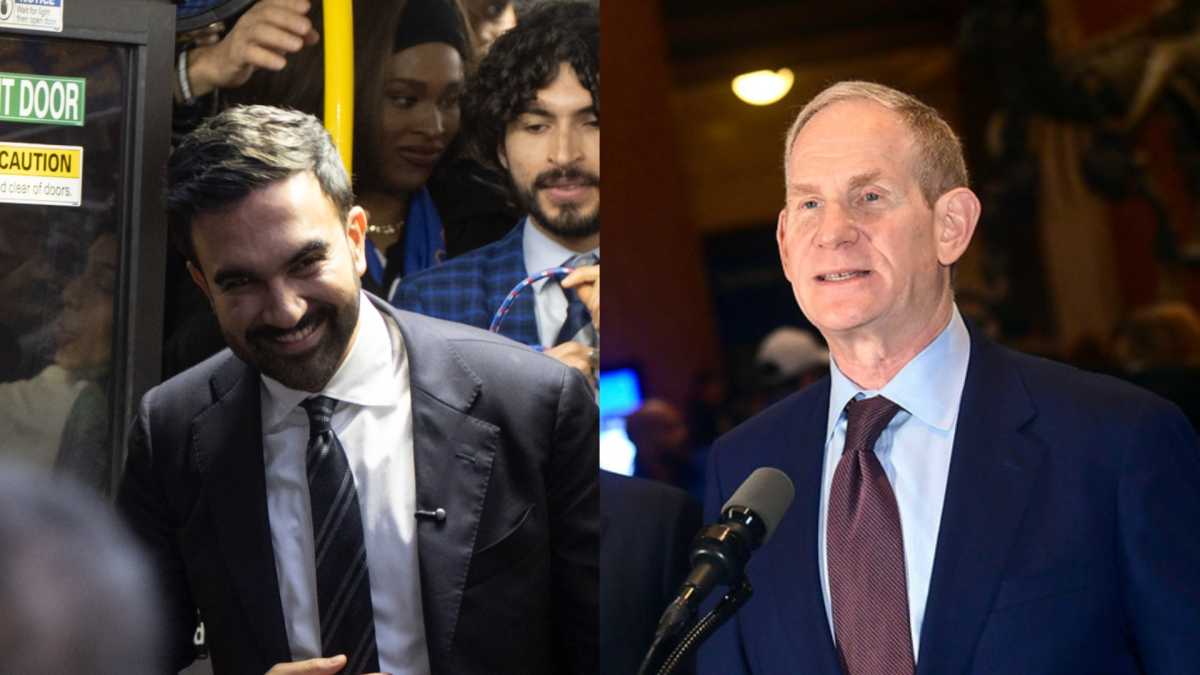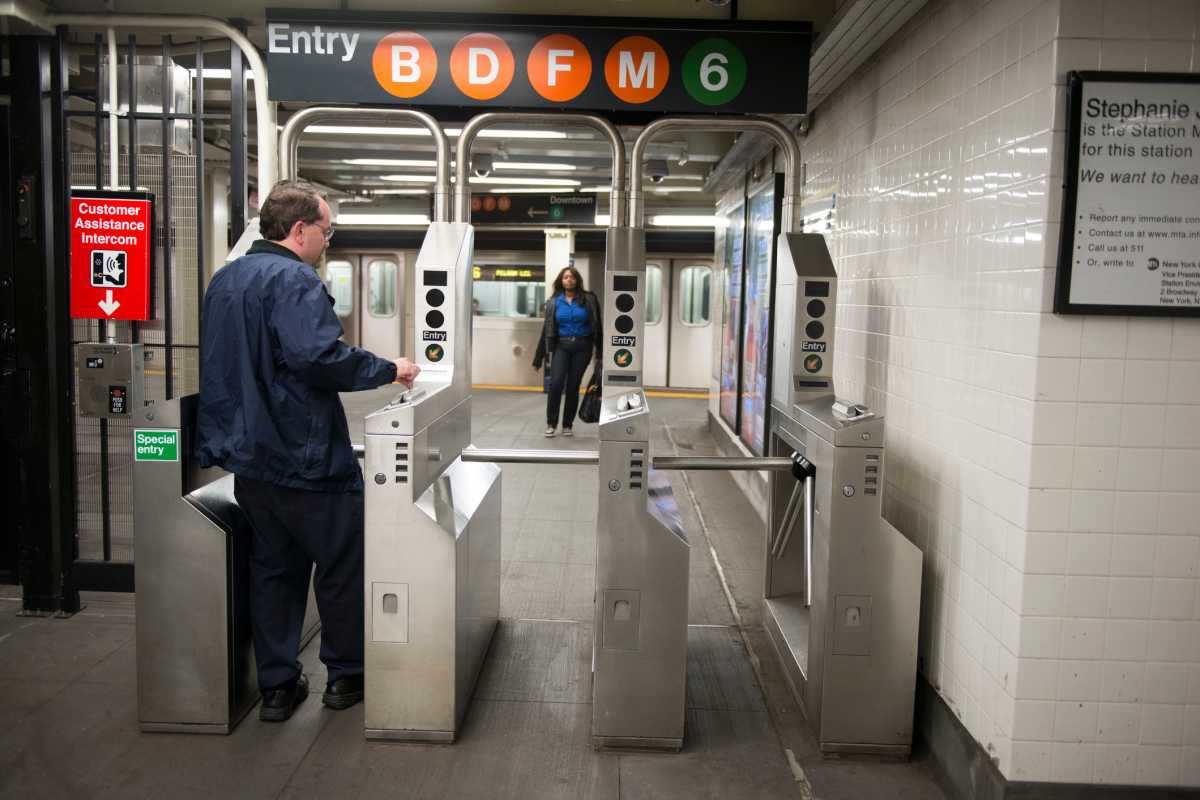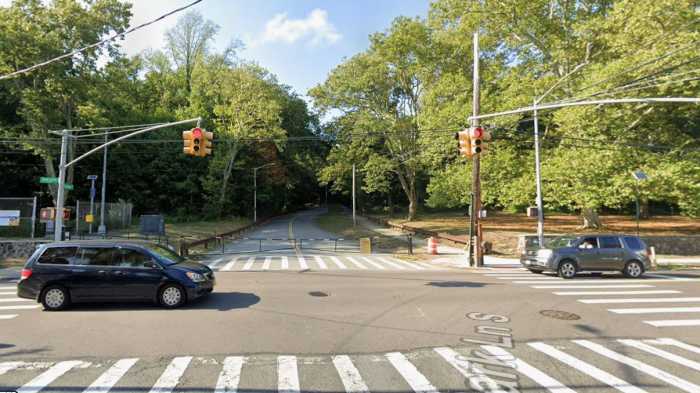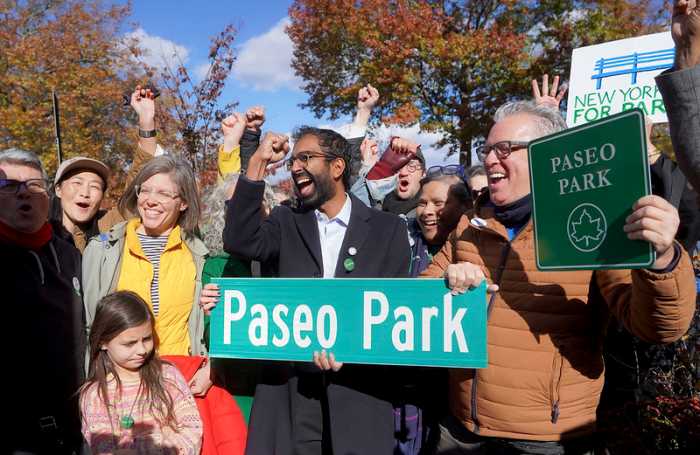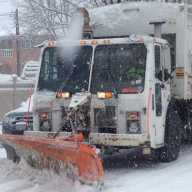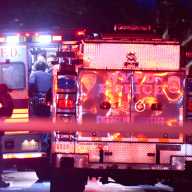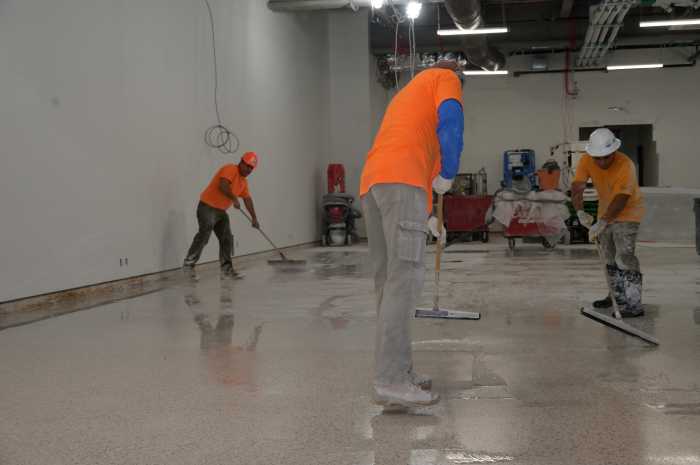Governor Andrew Cuomo outlined on June 29 a series of measures to repair the city’s beleaguered and broken subway system that has many commuters in Queens and across the city boiling mad.
Cuomo said the state would pour another billion dollars into the MTA’s capital plan, and he also declared a state of emergency on the subway system. The governor stated that his order would suspend the MTA’s procurement rules, enabling the authority to speed up repairs and quickly purchase the necessary equipment and material needed.
“We know the system is decaying, and we know the system is decaying rapidly,” Cuomo said at the start of the MTA Genius Transit Challenge Conference held in Manhattan. “We know the underlying causes of the problem. We know that decades of under-investment, deferred maintenance and deferred modernization have caused the problem. We know this has now compounded from a surging ridership. More volume than the system was ever designed to hold.”
Even so, the subway system will be pressed even more in the weeks ahead, as Amtrak starts repairs at Penn Station that will knock out of service on several tracks that the Long Island Rail Road (LIRR) uses there. During the “Summer of Hell,” as Cuomo and others have called it, the LIRR has already announced service cutbacks set to begin on July 10, and a contingency plan that includes rerouted trains and shuttle buses out of Long Island that connect to subway stations in Queens and Brooklyn.
There’s also the scheduled loss of M train service in Middle Village, Ridgewood and Bushwick for the next two months as the MTA replaces a century-old rail bridge. Even after that project is concluded in September, the MTA will only be able to restore shuttle service to part of the line as crews rebuild a century-old rail viaduct in Bushwick, which will take another eight months to complete.
Repairs have been ongoing for a number of subway and elevated lines across Queens, resulting in numerous weekend service disruptions — and more are planned in the weeks and months ahead. In Astoria, businesses are already anticipating a loss of traffic when the N line shuts down in the neighborhood for several weekends this August.
Along with finding additional money and expediting upgrades to the subway system, Cuomo also directed MTA Chairman Joe Lhota to prepare a reorganization plan within the next month; Lhota announced on Thursday that the MTA would also conduct an audit of the entire organization and present it within 60 days, followed within 30 additional days by an action plan for improvements. The governor also urged Con Edison to investigate all of its equipment in the subway system to prevent future power failures.
While many transit advocates welcomed the governor’s roadmap to improve the MTA, their applause came with a heaping side of skepticism.
State Senator Michael Gianaris, who proposed a temporary tax increase on wealthy New Yorkers to generate new capital funds for the MTA, blamed years of neglect and ignorance for causing the transit crisis gripping the city today.
“Today’s announcement by Governor Cuomo is an encouraging first step, but significant questions remain regarding the source of this new capital funding and the continuing budget hole of several billions dollars beyond the amount announced today,” Gianaris said on Thursday. “Too often, ambitious talk has not been followed by actions necessary to provide real relief for commuters. I will continue to fight for the millions of New Yorkers who suffer every day at the hands of the MTA.”
Doug Kellogg of the nonprofit Reclaim New York dismissed Cuomo’s announcement as a mere publicity stunt.
“It took the governor long enough to realize the MTA is in a state of emergency. That’s something your average rider could have told you months or years ago,” Kellogg said. “His Hail Mary contest to find a random person who will fix the subways is the definition of a publicity stunt. That won’t fix the system. New Yorkers have spent more than enough already, they deserve serious solutions, not stunts.”
“Now the governor will have to add details to his statement. A billion dollars is a start, but where will it come from, and is it new money?” asked John Raskin of the Riders Alliance. “When and where will the state find the other billions that are needed to truly address the problem? How does a state of emergency fit into a comprehensive plan to fix public transit? Most importantly, when will riders begin to see improvements in their day-to-day commutes?
“The governor has stopped ignoring the problem, which is a vital first step. Now he needs to produce a credible plan to fix the subway, and to put together the billions of dollars we will need to make it happen.”


